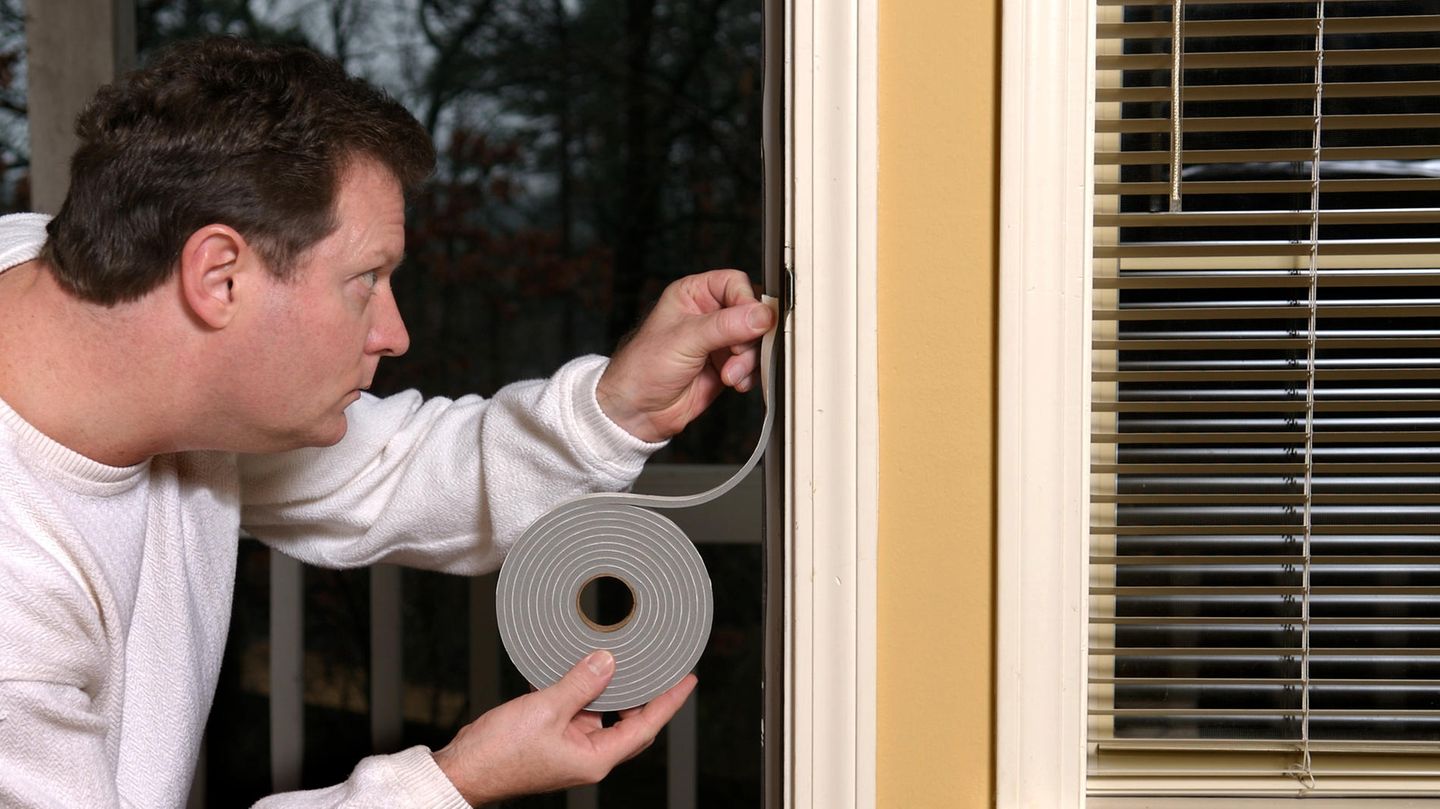“Today the scientific committee can say (…) that the eruption is over,” announced Julio Pérez, director of the Canary Islands Volcanic Emergency Plan (Pevolca), at a press conference on Christmas Day.
“There is no lava and pyroclasts, there is no significant gas emission. There are no significant earthquakes.”, the official listed, who specified that the eruption lasted “85 days and 18 hours” from its beginning on September 19.
After ten consecutive days with no visible signs of volcanic activity having been detected, the Canary Islands authorities officially announced the end of the longest eruption in the history of La Palma for as long as there are records.
It was the time required by scientists to be able to affirm that the episode had really come to an end, since in the final weeks of the eruption there were moments of calm before registering more lava or gases, to the consternation of the inhabitants of La Palma. .
collapse of the cone of Cumbre vieja.mp4
The moment of the collapse of the cone of the Cumbre Vieja volcano.
RTVE
Now the Cumbre Vieja falls back into lethargy and its incandescent lava flows, which swept away everything in their path, are black and hardened.
It will take several years to clean, rebuild and colonize the reconfigured terrain of the island, which, like the other six in the Atlantic archipelago of the Canary Islands, is of volcanic origin.
In any case, although the worst has passed, experts warn that the affected area remains dangerous, since some toxic volcanic gases continue to be emitted, the lava continues to be at high temperatures and there is a risk of collapse of the land.
canary volcano.mp4
The eruption of the Cumbre Vieja volcano.
@laautonomica
Initiated on September 19, the Cumbre Vieja eruption was the first on La Palma in half a century.
Despite its duration and the impressive images of the lava rivers that for weeks focused the attention of the Spanish, it did not cause any direct death.
But it did force the evacuation of 7,000 people and destroyed 1,345 homes. More than 500 people are still sheltering in hotels.
The lava covered 1,250 hectares of surface and even enlarged the island: the two streams that reached the sea formed new peninsulas, one measuring 44 hectares and the other 5 hectares, according to local authorities.
In the peak of the episode, the volcano spewed liters and liters of lava, producing long and wide fingers of incandescent lava that descended the flanks of the mountain, while a constant tremor and countless seismic movements kept the population in suspense.
The 83,000 inhabitants of La Palma will not forget the ashfall, the toxic gases that forced the nearby residents to confine on several occasions and the plume that rose from the cone of the Cumbre Vieja.
With the volcano now silent, the images of entire towns are razed to the ground and the occasional house looming semi-destroyed in a sea of now black lava.
On many occasions, evacuations had to be carried out at full speed, and residents, when possible, returned in later days to look for animals or personal belongings.
Some residents took refuge in the homes of relatives, others on boats in the port.
They were weeks of paralysis, with regular closures of the La Palma airport, an island highly dependent on tourism.
The lava greatly affected the banana plantations, one of the economic engines of La Palma and which represents 50% of its GDP.
Of the 70,000 hectares of the island, 10% are used for agriculture, mainly banana, (43%), according to the La Palma World Biosphere Reserve foundation.
The damages could exceed 900 million euros, according to the regional president of the Canary Islands, Ángel Víctor Torres.
The government of President Pedro Sánchez, who has traveled to La Palma many times, has so far allocated 225 million euros (253 million dollars) to urgently acquire homes and equipment, provide direct aid to farmers and fishermen, or provide social and psychological support. to those affected.
Madrid also requested the launch of a European Union Solidarity Fund for La Palma.
But anyway, many locals complain about the slowness of the aid.
“I will have to find something else on another island and leave, because if the institutions are not at the level of this catastrophe, I have to save my family,” Victor Manuel Bonilla, a 50-year-old banana farmer, recently told AFP.
Source From: Ambito
David William is a talented author who has made a name for himself in the world of writing. He is a professional author who writes on a wide range of topics, from general interest to opinion news. David is currently working as a writer at 24 hours worlds where he brings his unique perspective and in-depth research to his articles, making them both informative and engaging.




